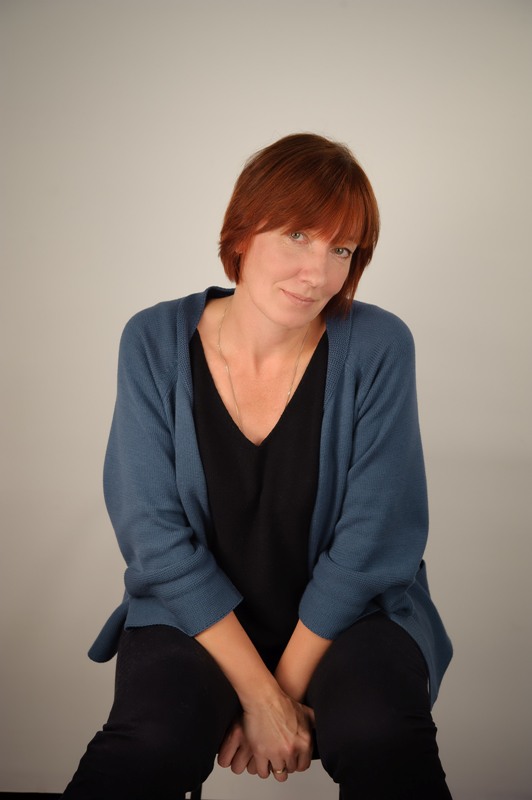 |
What is your education?I studied at Moscow State Stroganov Academy of Design and Applied Arts majoring in design of What is your professional experience?I work at RIOLIS for about 20 years and overall, my professional experience is about 30 years. Did your interest for cross stitch appear in childhood?I loved drawing since I was little. I went to art school and like many kids, I tried a lot of kinds of needlework: How did embroidery become your professional interest?I chose a major “embroidery artist” at school. This gave me an opportunity in addition to basic subjects |
What did you like about folk art?Each region has its own ornament, its own colors and techniques. At the same time, motives repeat and |
Why do you think needlework is needed today?Like any other creative process, needlework is needed for self-realization. There is a desire to decorate |
Do you think needlework is a form of art or a craft?Needlework is a creative process, and the result depends on effort and skill, even stitching according to the |
Do you like to cross stitch?I do, of course – like many things related to needlework. Now it’s my work. My mother stitches mainly my |
Do you stitch your works?I stitch only fragments while working on a design. I try the threads and alter pieces. To stitch all design |
How long does it take to create a design?For example, it took two years to develop kit 100/044 Rider (already discontinued). It was extremely hard |
Could you tell us more about the creation of one of your designs?I love our village very much. This is where I spent my summers with my grandparents, where my sons spent |
How were the famous designs with ladies 100/027 Velvet Evening, 100/028 Lilac Evening and 100/045
|
What are your favorite subjects to work on?Most of all, I like to draw flowers, people and ornaments. Stitched ornaments complemented or replaced |
What inspires you in your work?I think an artist must look and observe a lot: the state of nature, surrounding landscape, architecture, faces |
Do you communicate with the stitchers? Do you listen to their feedback?Almost all my friends and relatives cross stitch. Of course, all of them give advice and all of them ask for |
What are your creative hobbies and activities besides working at RIOLIS?I sew. Also, I paint oil paintings – mostly bouquets and still life with flowers. |
What do you like to do in your free time?I love to read, comfortably sitting where no one interferes. I like watching movies with my family and |
Who is your favorite artist or artistic direction?My favorite artist is my husband Sergei Krasavin and my friends – RIOLIS’ designers. Talking seriously, I like
|
|
|